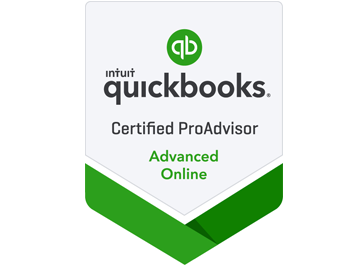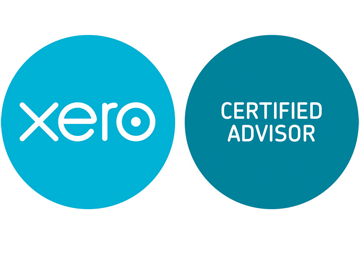July 2018
All About Sales Receipts in QuickBooks
Documenting every sale carefully helps ensure that your financial records and reports will be accurate. The sales receipt is the right tool for this in specific situations.
You know how important it is to obtain receipts for the expenses you and your employees incur. You need to record them, analyze their impact on your cash flow, and claim some of them on your income taxes.
Your customers, too, expect to receive forms documenting purchases they’ve made from you. When they pay you immediately for goods or services, you’ll give them a sales receipt, rather than invoicing them for future remittance. Not only will your customers have a record of the transaction – you will, too.
QuickBooks supports the creation and tracking of sales receipts. It manages the mechanics of this important task incredibly well. It eliminates the need to enter receipt data twice, once on a paper copy for your customer and again in your accounting system. This QuickBooks feature not only minimizes errors, but saves time and lessens the possibility of disputes down the road.
A Simple Form
Here’s an example of a situation that illustrates the importance of really learning about and understanding QuickBooks before you start entering live data. Say you got a check from a customer on the spot for a house painting job you completed. When you look at QuickBooks’ home page, which icon do you click?
You might be tempted to click Receive Payments, since that’s exactly what you’re doing. But that screen is reserved for revenue that comes in to satisfy outstanding invoices and unpaid items on billing statements. Instead, you’d click Create Sales Receipts to open the Enter Sales Receipts window. Here’s a partial view of what you’d see:
Once you’ve created an item record, for example, QuickBooks stores it for use in transactions
Minimized errors. Once you’ve entered data in QuickBooks, whether it’s a customer’s address or a product/service price and description, the software stores it. It will appear in lists that you can access when, for example, you’re creating invoices. Not only does this improve accuracy, but it also makes duplicate data entry unnecessary.
Faster payments from customers. QuickBooks supports merchant accounts. Sign up for one, and you’ll be able to accept direct bank transfers and credit/debit cards from customers. You can automatically include a payment stub on invoices to speed up the remittance process.
Real-time account balances. Supply your login information for your online banks and other financial institutions, and QuickBooks can connect to them. It imports cleared transaction data regularly and helps you reconcile your accounts. You can even set it up to pay your bills electronically.
Instant data access. Got a customer on the phone who has a problem with an invoice or payment? QuickBooks’ search tools help you track down the smallest detail in seconds.
Time-tracking. If you (or your employees) provide services that are billed back to customers, you can create time records individually or on a timesheet. These blocks of hours and minutes can be marked billable, so they’ll appear the next time you start an invoice for any affected customers.
If your company sells services, you can create individual time records or comprehensive timesheets and mark sessions as billable.
Improved customer relationships. Your customers want answers when they have problems or questions, and they want them quickly and accurately. QuickBooks lets you store all needed details about customers in records, including contact information, payment particulars, and transaction history. Nothing helps encourage future sales like a company that knows its customers.
A more contemporary image. Those invoices and statements you create in Word—or worse, write by hand—contribute to your customers’ impressions of you and your commitment to using state-of-the-art technology to better serve their needs. When you email professional-looking, carefully-customized sales and purchase forms, you’re likely to go up a notch in their eyes.
Feature flexibility. You can use a little of QuickBooks and still have it be worth your time and technology dollars, or you can stretch its capabilities to the limits. If the latter happens, you may want to expand the software’s reach by integrating it with one of the hundreds of add-ons available in areas like inventory, invoicing and billing, and CRM.
Time and money savings. This is actually the most compelling reason to use QuickBooks. Yes, you have to pay upfront for the software, but you’ll soon see that your investment will reduce the hours you spend on accounting. That means you’ll have more time to do what only you can do: make your business flourish by planning for its future and taking the actions that will move you toward greater success.
Have you installed QuickBooks but you’re having trouble using its features fully? Do you need some guidance, particularly in the area of advanced reports? Contact us. We’ll assess where you are with the software and devise a plan to complete its implementation. You may be surprised to learn what you can do.







